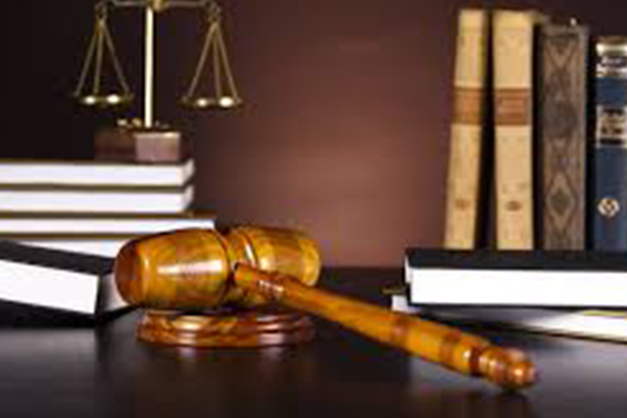
When a person begins a civil lawsuit, the person enters into a process called litigation. Under the various rules of Civil Procedure that govern actions in state and federal courts, litigation involves a series of steps that may lead to a court trialand ultimately a resolution of the matter.
Before a lawsuit is filed, the person contemplating the lawsuit (called the plaintiff) typically demands that the person whocaused the alleged injury (called the defendant) perform certain actions that will resolve the conflict. If the demand isrefused or ignored, the plaintiff may start the lawsuit by serving copies of a summons and complaint on the defendant andfiling the complaint with a civil trial court. The complaint must state the alleged injuries and attribute them to the defendant,and request money damages or equitable relief.
If the service of the complaint on the defendant does not result in a settlement of the issues, the plaintiff must begin thediscovery process. This involves sending to the defendant written questions (called interrogatories) that seek informationinvolving the dispute at issue. The plaintiff may depose the defendant and others concerning the issues, with the depositionrecorded by a court reporter. The plaintiff may also request copies of documents for review. Once litigation commences thedefendant is also permitted to use discovery to learn more about the plaintiff's case. The discovery process may beconducted in a matter of weeks, or it may take years, depending on the complexity of the case and the level of cooperationbetween the parties.
After discovery is completed, most courts require the parties to attend a settlement conference to determine if the case maybe resolved before trial. If the parties are unable to reach a settlement, the litigation continues to trial. Near or on the day oftrial, one or both parties often make settlement offers, in the hope of avoiding court proceedings (which are often costly andprotracted). Litigation ends if a settlement is reached.
If the parties are still unable to resolve their differences, a trial is held. At trial both sides are permitted to introduce relevantevidence that will help to prove to the jury or the court the truth of their positions. If the plaintiff makes a convincing case,the defendant may seek to settle the case immediately. On the other hand, if the plaintiff presents a weak case, thedefendant may ask the court to dismiss the case. If the trial proceeds to a conclusion, either the jury or the judge (if a jurytrial was waived) must decide which party prevails.
If the defendant loses the lawsuit, the defendant may ask the court to throw out the jury verdict if the evidence did notwarrant the decision, or the defendant may ask that the damages awarded to the plaintiff be reduced. The court hasdiscretion to grant or refuse these kinds of requests.
Once a final decision has been made at the trial court, the losing party may appeal the decision within a specified period oftime. The federal courts and the states have intermediate courts of appeal that hear most civil appeals. The appellate courtreviews the arguments of the parties on appeal and determines whether the trial court conducted the proceedings correctly.Once the appellate court issues a decision, usually in opinion form, the losing party may appeal to the state supreme courtif the litigation occurred in a state court, or to the U.S. Supreme Court if the litigation occurred in a federal court. After thesupreme court rules on the case, the decision is final.
Once a decision is final, litigation ends. The prevailing party is then given the authority to collect damages or receive otherremedies from the losing party. After the losing party provides the relief, that party is entitled to receive from the prevailingparty a satisfaction of judgment, which is filed with the trial court. This document attests to the satisfaction of all court-imposed relief and signifies the end of the case.
